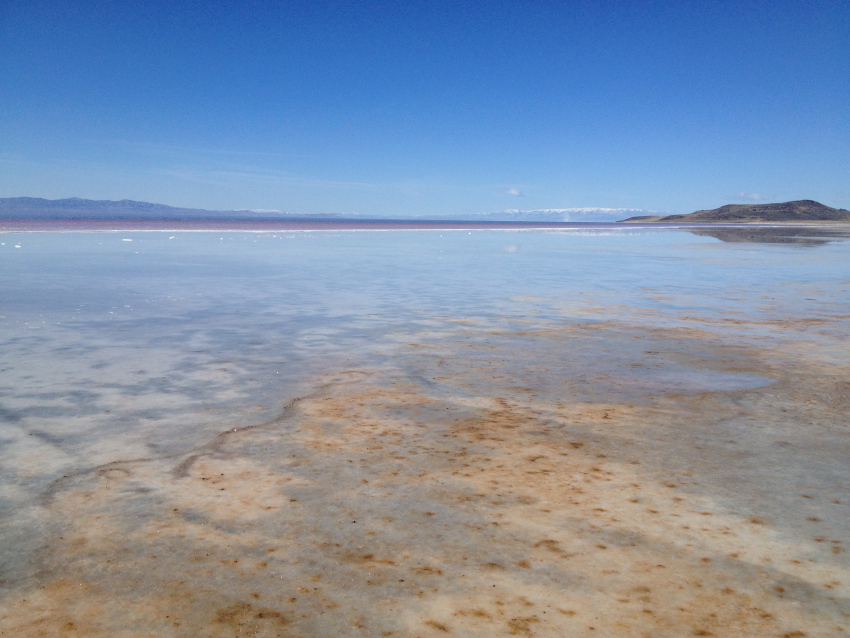UTAH: The Great Salt Lake in the US state of Utah, the largest of its kind in the western hemisphere, has receded 48 percent since 1847 as a result of increased water use.
The lake’s economic value is estimated at $1.32bn a year, which includes revenue from lakeside recreation, mineral excavation and harvesting of brine shrimp.
About 7.5 million birds of 257 different species use the lake each year for breeding and migration, Al Jazeera reported.
However, about 1,400 sq. km of lake bed is exposed as water from the lake is increasingly being diverted to support the state’s growing population.
As a result of the exposure of lake beds, toxic minerals are swirling in the dust and blowing into Salt Lake City, 24km away.
The Great Salt Lake initially formed through precipitation and rivers fed by melting mountain snow.
Scientists say increasing water use may contribute to its complete disappearance in a matter of decades if action is not taken immediately.














